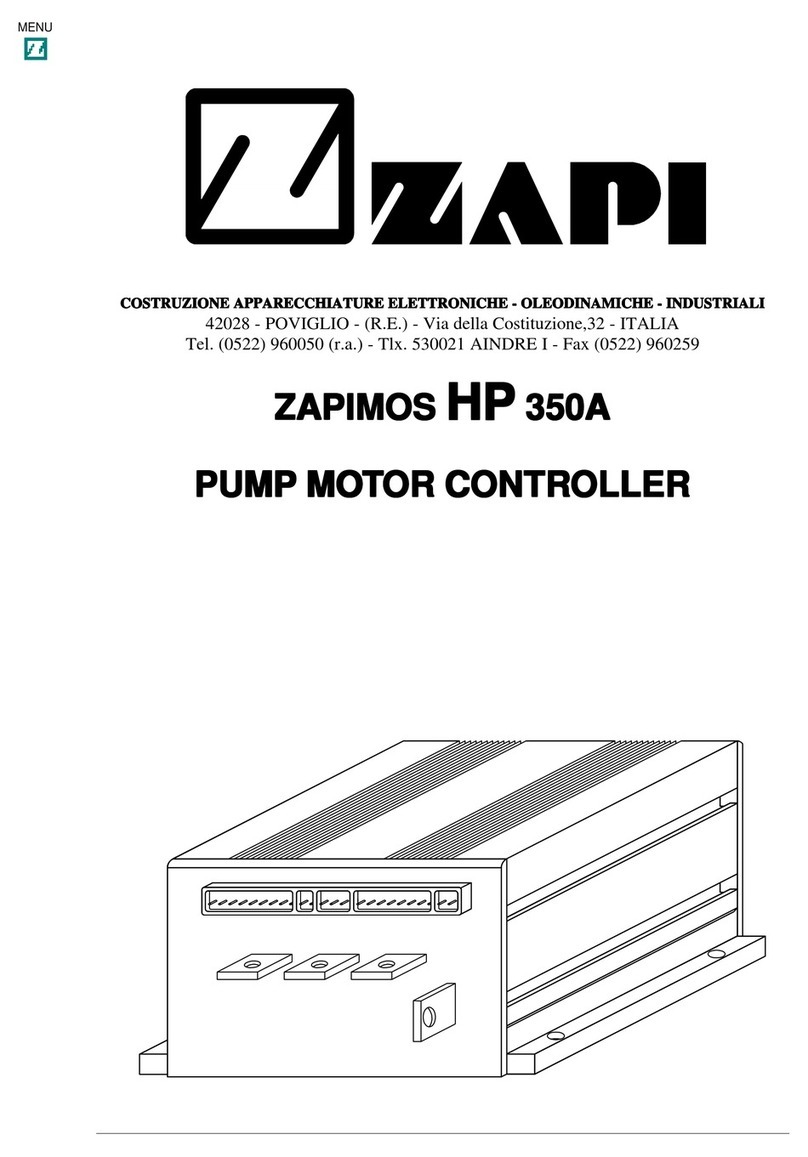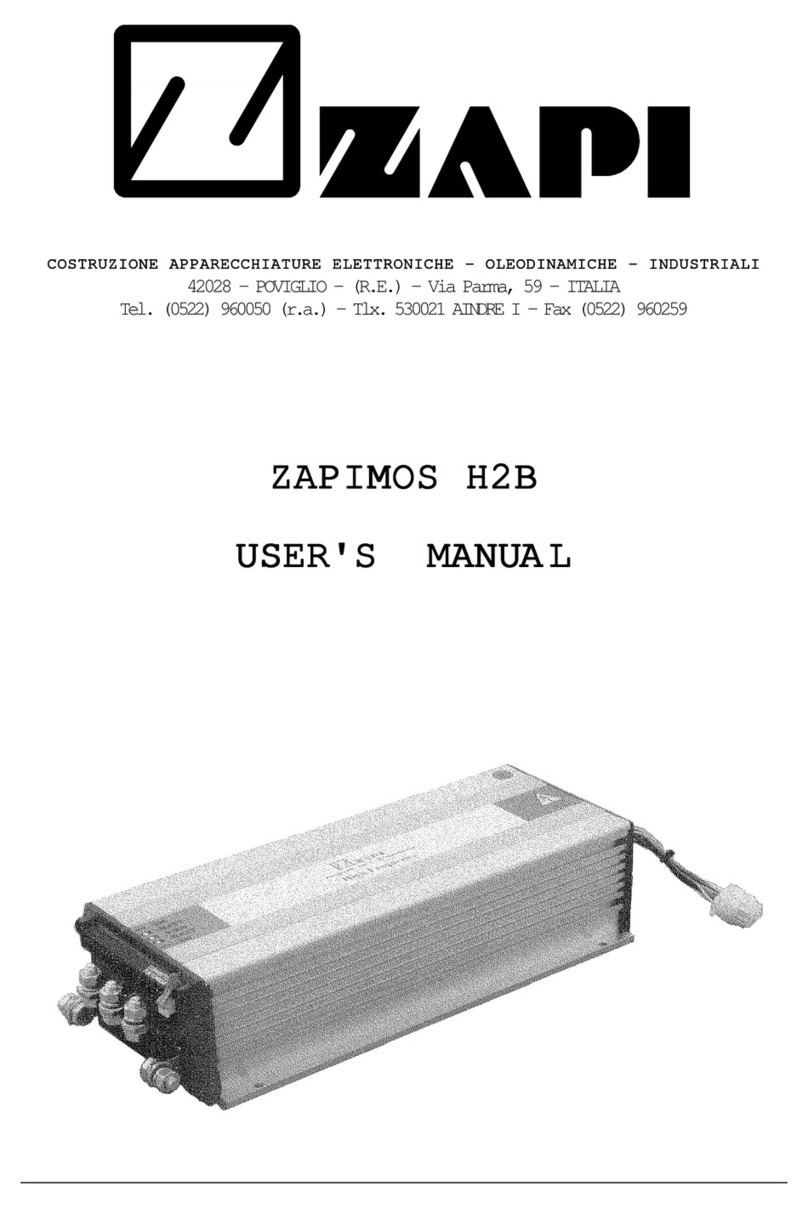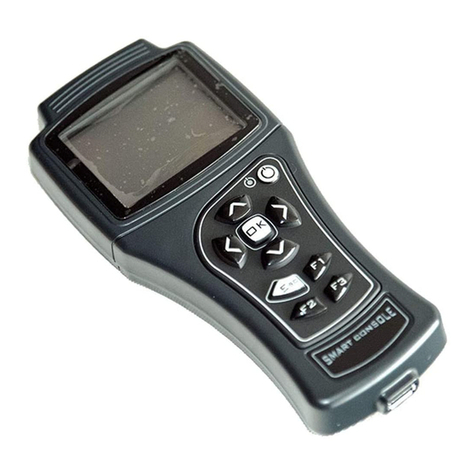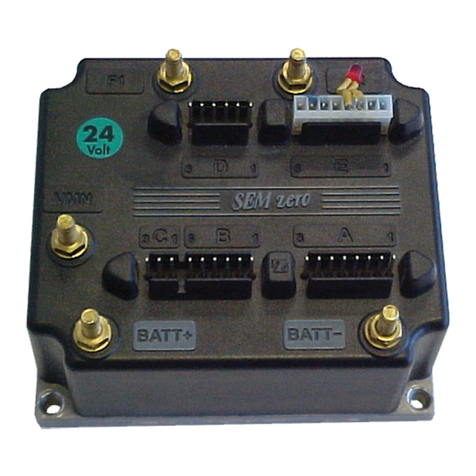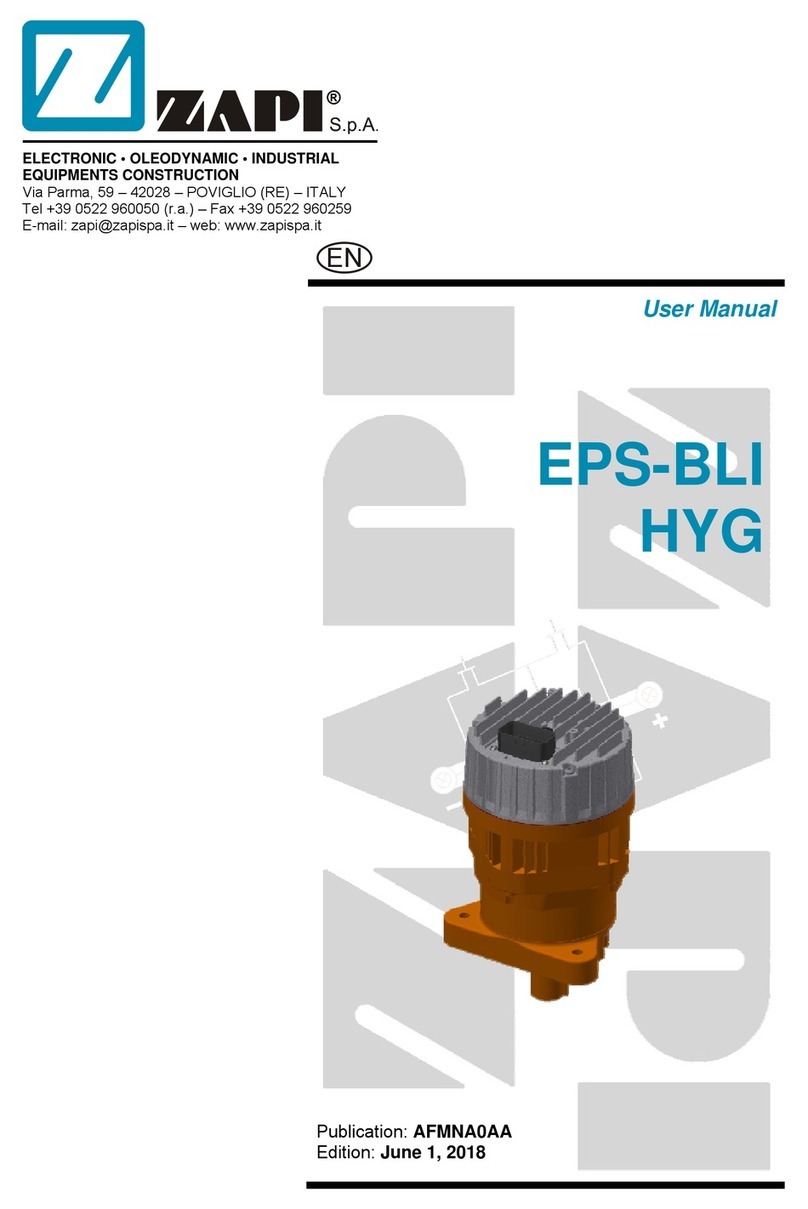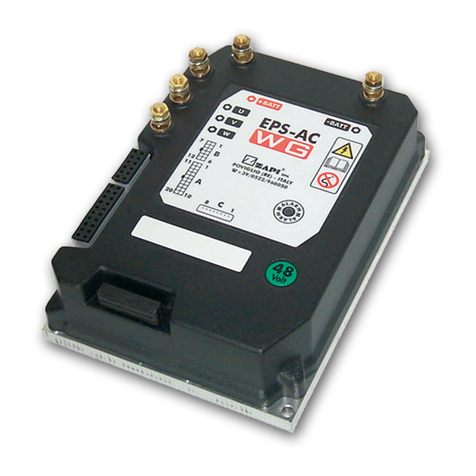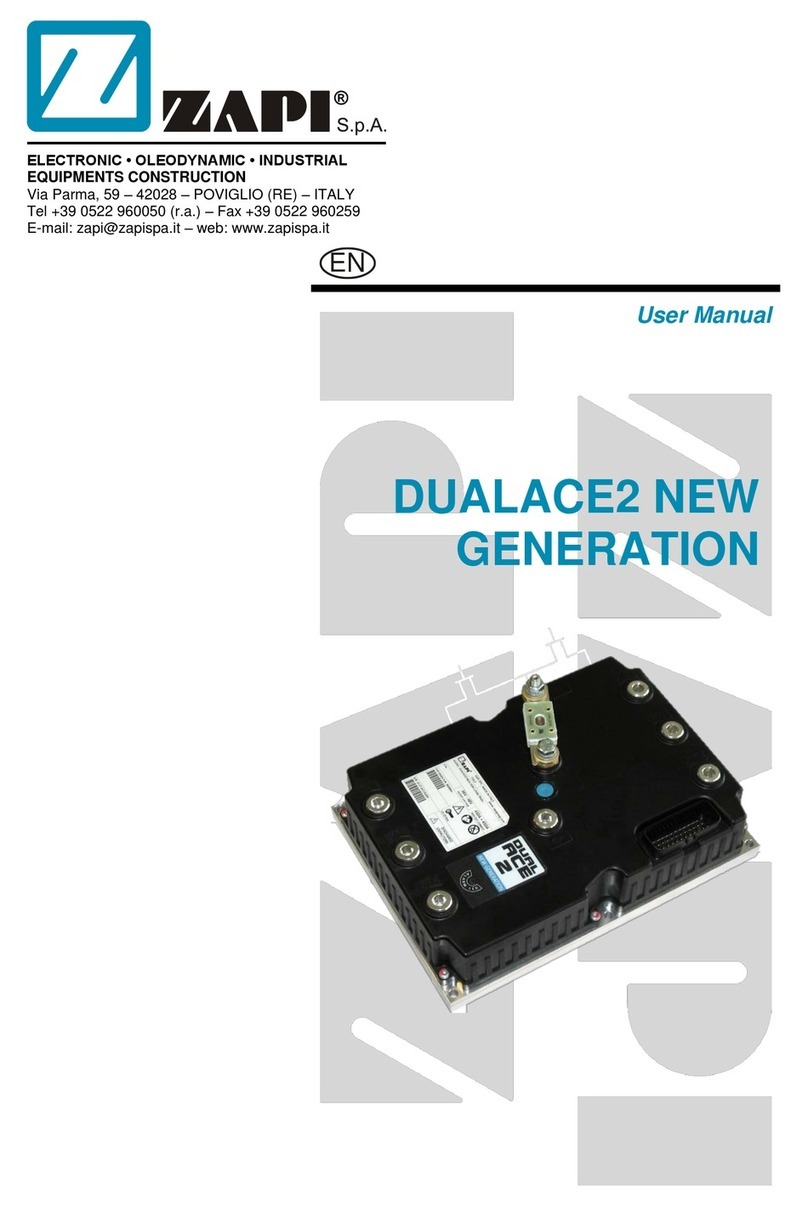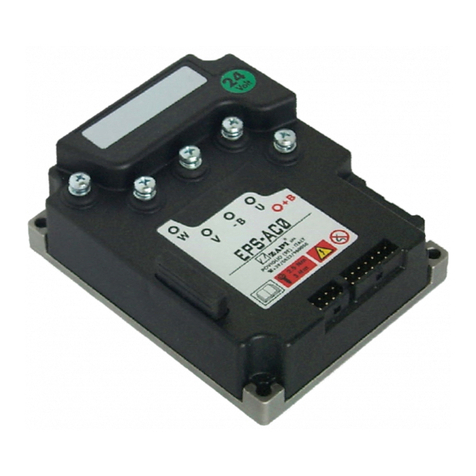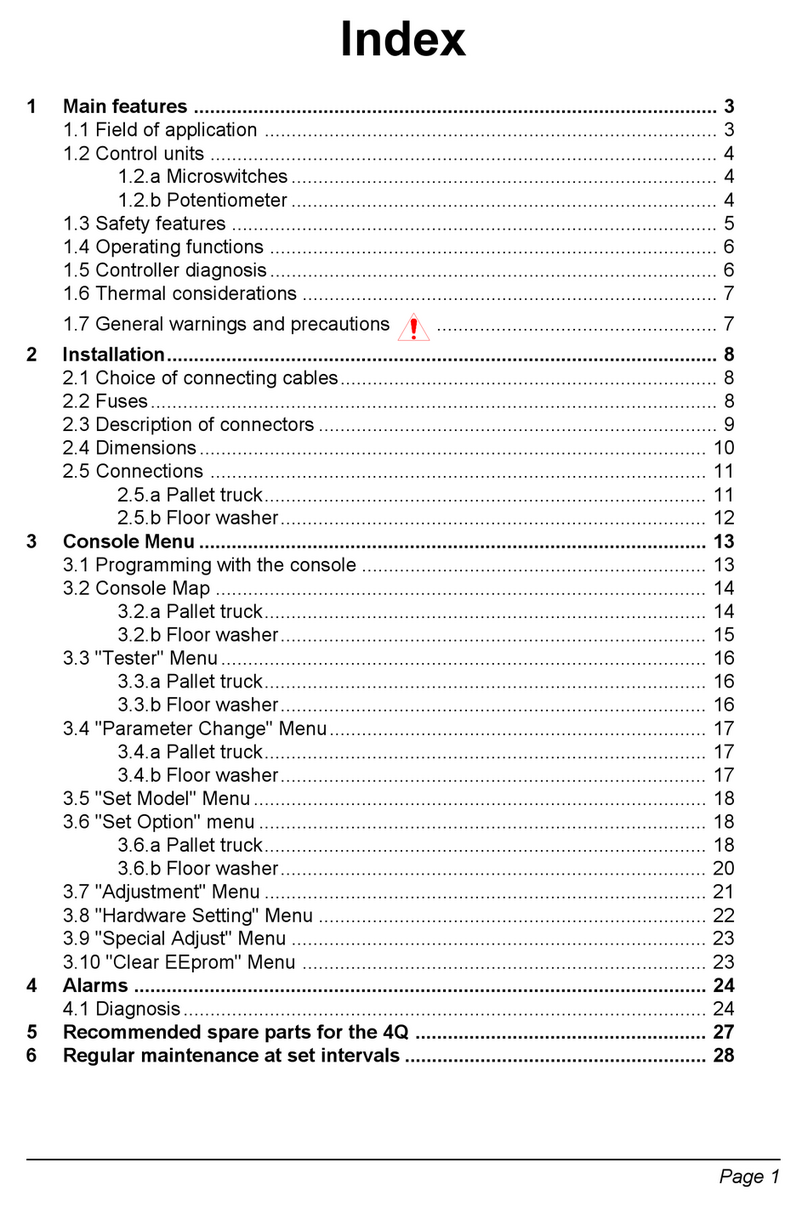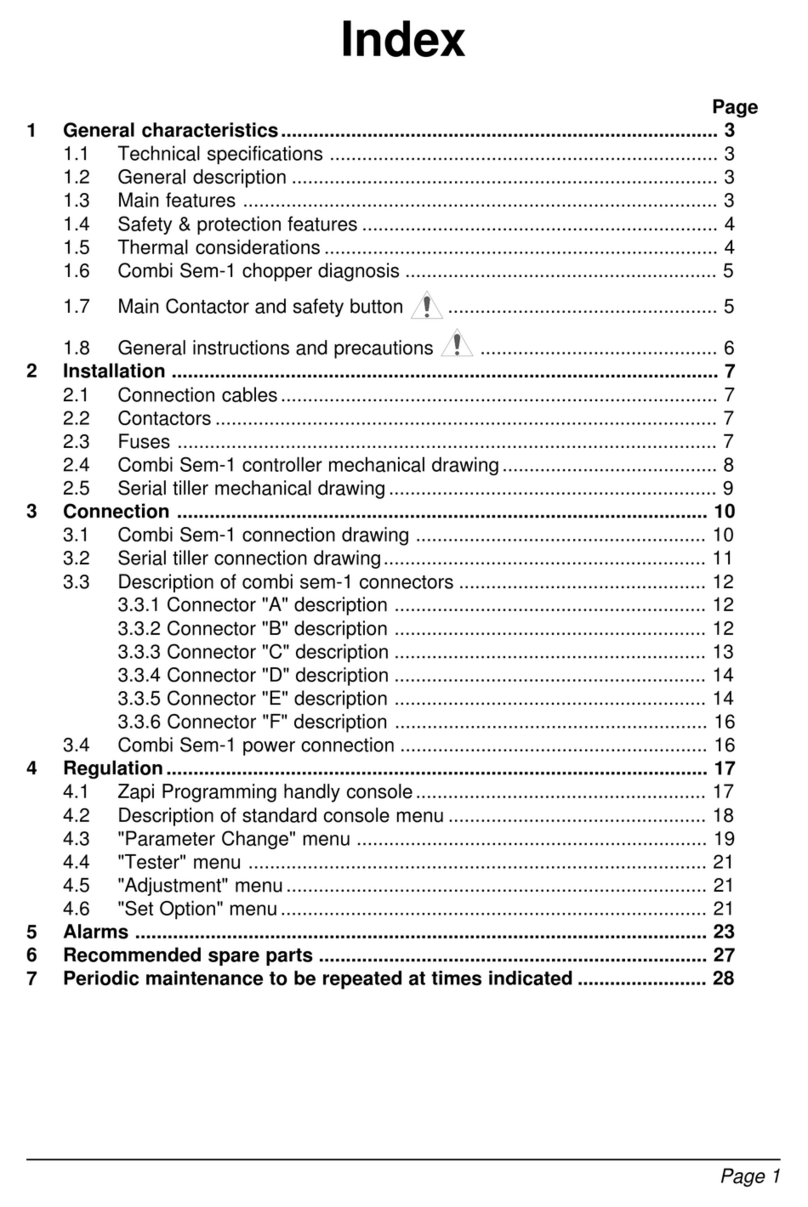
Page 1SEM1
INDEX
Page
1 Introduction to the Zapimos family ............................................................. 3
2 Specification .................................................................................................. 4
2.1 Technical specifications ........................................................................ 4
2.2 Control Units.......................................................................................... 5
2.2.a Microswitches............................................................................... 5
2.2.b Potentiometer............................................................................... 5
2.3 Protection features ................................................................................ 6
2.4 Direction orientation .............................................................................. 7
2.5 Functional features................................................................................ 7
2.6 Controller's diagnostics ......................................................................... 8
2.7 Thermal precautions ............................................................................. 8
2.8 General warnings ......................................................................... 9
3 Installation ................................................................................................... 10
3.1 Connection cables............................................................................... 10
3.2 Contactor............................................................................................. 10
3.3 Fuses .................................................................................................. 10
3.4 Description of connectors.................................................................... 11
3.5 Description of power connectors......................................................... 12
3.6 Mechanical drawing ............................................................................ 13
4 Programming and settings using a console ............................................ 14
4.1 Setting by console............................................................................... 14
4.2 Programming console functions.......................................................... 14
4.3 Programming console ......................................................................... 15
4.4 Map of the console functions............................................................... 16
5 Configuration function ............................................................................... 17
5.1 Adjustment: description and programming instructions ...................... 19
5.2 Parameter regulation........................................................................... 21
5.3 Start up: programming instructions ..................................................... 24
5.3.1 Adjustment sequence................................................................ 24
6 Diagnosis ..................................................................................................... 25
6.1 Alarms displayed on console............................................................... 25
6.2 Tester: functions descriptions ............................................................. 27
6.3 Save parameters: description ............................................................. 29
6.4 Restore parameters: description ......................................................... 30
6.5 Alarms: menu description.................................................................... 31
6.6 Program vacc: description................................................................... 32
